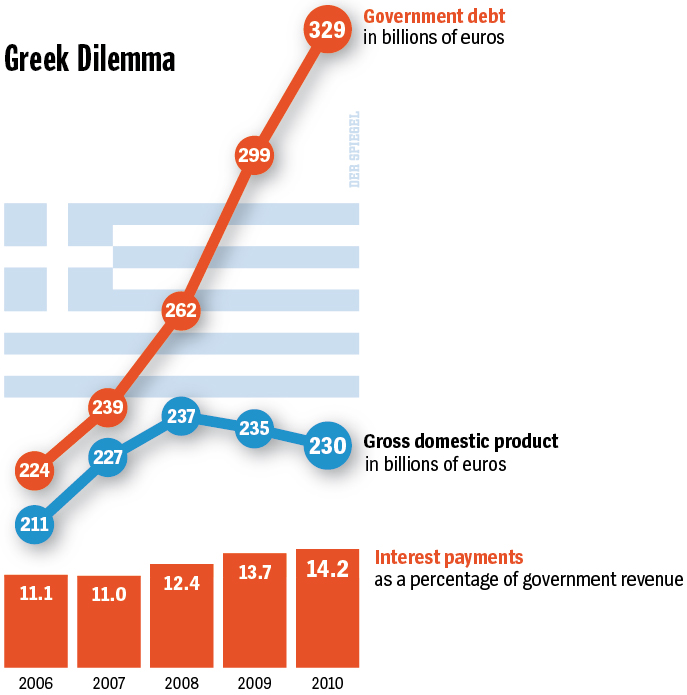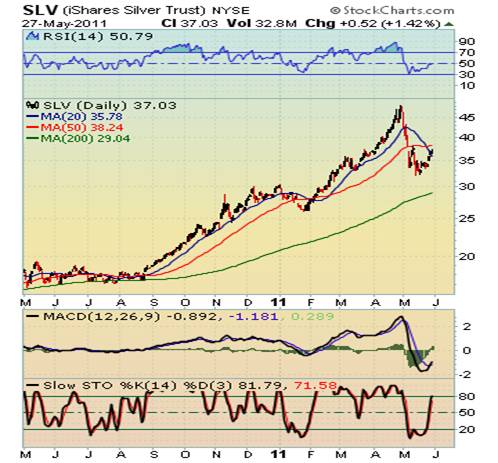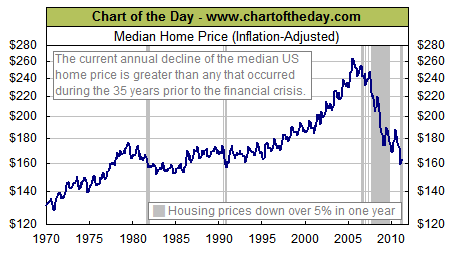The Yen overvalued by at least 25%.
And the authorities have now started to intervene again (this time jointly) putting an implicit floor below 80. The potential sterilization of the BOJ Yen selling and increase in the size of its balance sheet relative to other countries should push the Yen lower. With regard to repatriation, it is a myth. There are no data confirming it after the Kobe earthquake. Yields spreads are diverging negatively with price. This should ultimately leads to a lower Yen.
There is a small non-commercial net long position which is diverging with price (net long position not increasing on Yen strength). “Housewives” have a huge net short position against the USD, the AUD and most other currencies. Position that large have historically led to Yen weakness in the short-term. There are/have been continued big inflows of hot money in the past 12 of months with the Yen rising despite the broad balance of payment registering a deficit of more than 6% of GDP.
We would sell downside volatility (USD/JPY puts with strike from 80 and below and 1 to 3 months to expiry) and take a small long position (short Yen) at current levels. We would get aggressively outright long (the USD/JPY) on a move above 85 with as top at the rising 65 days exponential moving average. Our first target would be a move to 93.5-94 and then 100.We would totally hedge the Japanese equity holding of “gaijin” investors. Longer-term the Yen is sitting at the confluence of the 1995 lows and the descending channel it has formed since 1998. A break above the recent highs (85) would be a strong signal that the cyclical trend is changing and could be the beginning of a powerful up move, first toward 115. A move above 120, which we view as likely, could signal an acceleration to the upside to levels last seen many decades ago.
The USD is becoming increasingly undervalued against most currencies and ridiculously so against some. It is at a 40 years low on a real broad trade-weighted basis.
Its economy is much more dynamic and has started to rebalance earlier than other developed economies. Companies have been cutting costs aggressively and are much more competitive in the international markets. There are many challenges ahead but currencies are not an absolute bet on a country but a relative one. The 2 main problems remain are that:
1. the Fed is suppressing real government bond yields through quantitative easing. Ceteris paribus, the USD will have to be more undervalued on a PPP basis to be in equilibrium. Indeed, the deficit of interests payment foreigners are receiving has to be compensated by a lower price I.e. lower USD (this is another reason, beside the Balassa-Samuelson effect, why emerging markets with negative real yields have very undervalued currencies on a PPP basis). At current levels we think the compensation is large enough. 2. Uncertainties regarding future fiscal initiatives and long-term deficit reduction plans are high and foreign investors do not like incertitude.
2. The declining USD is pushing other Central Banks/Treasuries to become increasingly aggressive buyer of USD to weaken their own currencies. They then have to recycle their newly acquired USD and in so doing are exerting a downward pressure on real rates in the US and thus weakening the USD. This cannot last forever. To this one has to add what S. Jen calls “global funneling” where the dichotomy between the USD increasing international currency and its declining reserve currency status are exerting a downward pressure on the USD against the Euro notably and upward pressure against EM currencies. This will end by a radical redesign of our current monetary system and the sooner the better. The winner… Gold.
Sentiment is supportive for the USD
Speculators had their biggest USD net short position 3 months ago and have covered some of it despite continued USD weakness (a positive divergence). Assets in the the Rydex Weakening Dollar have surpassed assets in the Rydex Strengthening Dollar fund but have yet to spike briefly higher as they usually do when the USD decline exhausts itself. Currencies ETF open interest call put ratios and share outstanding momentum are behaving as they do during USD bottoms. Currency managers are short the USD but less than a couple of months ago, here again a positive divergence. There is a big global short USD position which is growing by the day as the increase in foreign central bank reserves cannot be completely explained by their current account balance and the net foreign direct investments. Hot money is flowing to emerging markets and we are on the lookout for canaries (Vietnam?). Foreign Banks are using the USD commercial paper markets extensively (near record high) and all of the excess cash accumulated since QE2 started has been concentrated by foreign banks. A giant short squeeze in the making.




